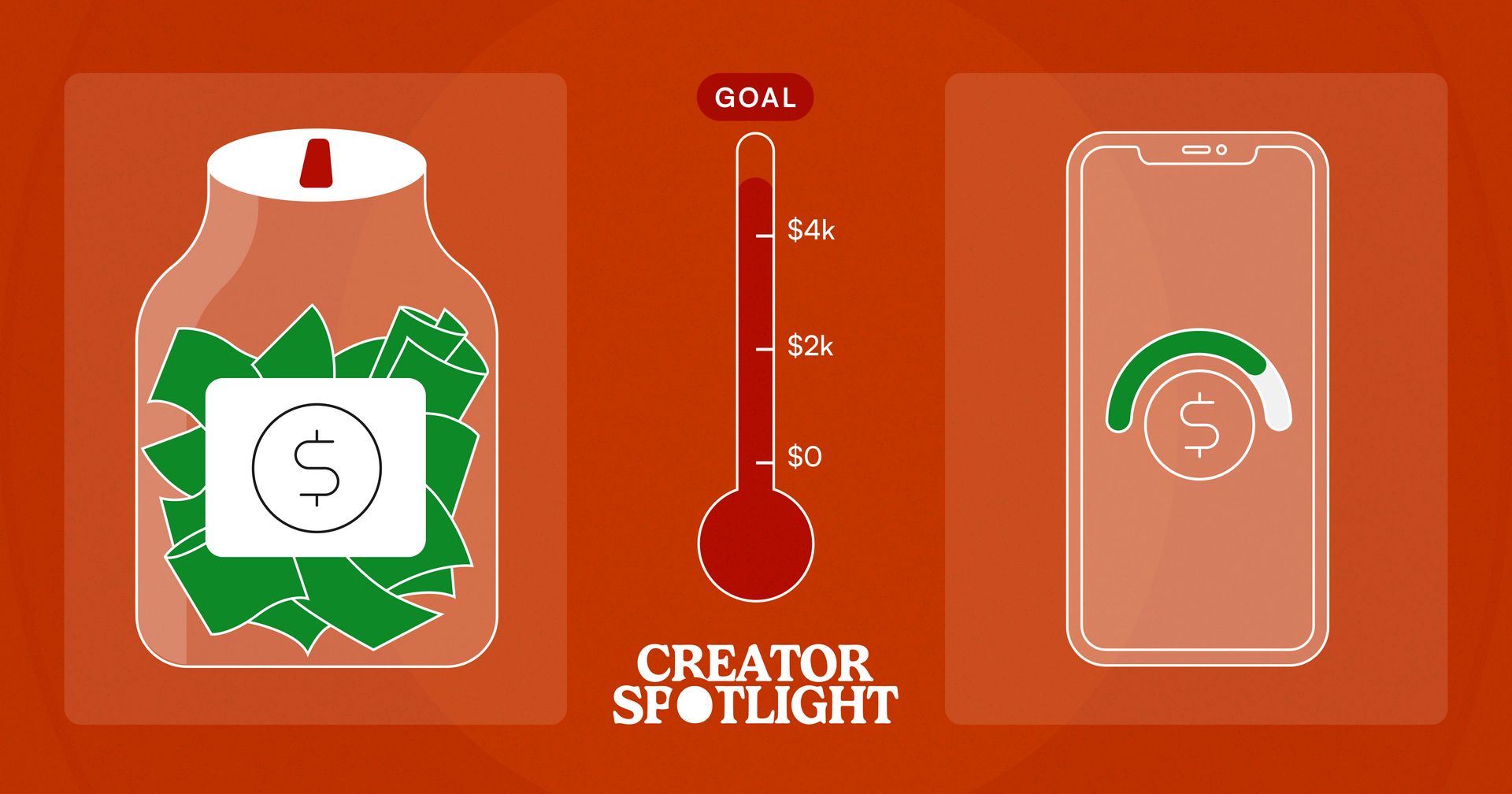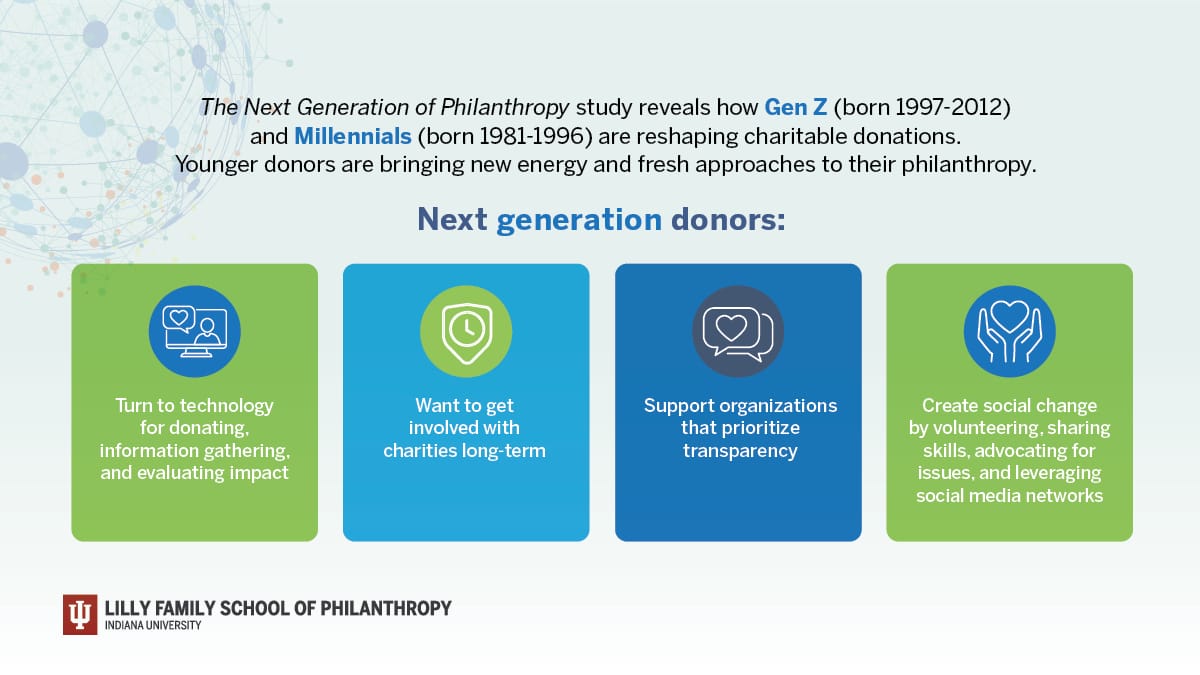Live Aid mobilized billions to raise millions with Queen, Bowie, and Madonna. Today’s mass philanthropists do the same from their iPhones, with audiences in the low millions.
In less than six weeks, YouTuber Ryan Trahan has raised over $6 million for St. Jude, building a nationwide fundraising challenge with no media push or traditional marketing budget.
The infrastructure of giving is evolving. Creators are the new philanthropists and mobilizers leading massive causes.
— Natalia Pérez-González, Assistant Editor
P.S. We’re accepting freelance pitches! If you’re a writer with a sharp eye on the creator economy, we’re commissioning trend analyses, industry commentary, data-driven deep dives and more.
👉 Pitch us by August 1. Contact [email protected] with “Q3 2025 Pitch” in the subject line. Full details here.
A new video series from Creator Spotlight
I've listened to almost 100 hours of successful creators tell their story and share their advice while editing Creator Spotlight ... it's a lot of information.
So, I'm breaking down the lessons and strategies from these creators, and condensing them into something more value-dense and focussed. In the first of this series I'm breaking down five different strategies for growing an audience online.
Check it out, subscribe to the channel, leave a comment — we’d love to hear your thoughts!
— Tom McCloud, Producer, Creator Spotlight

How to build multiple revenue baskets strategically (Creator Spotlight)
Rachel Karten’s Q2 Brand Social Trend Report is a must-read (Link In Bio)
How to turn 1 content idea into several posts (Instagram Reel)

The evolution of mass philanthropy
The most successful fundraising event in history happened 40 years ago this month: Live Aid, a pair of globally televised concerts that raised over $140 million for famine relief in Ethiopia. A total of 1.5 billion people in more than 150 countries tuned in to the broadcasts, making organizer Bob Geldof one of the world’s most popular and successful activists.
Today, he tells the New York Times, that kind of mass mobilization “isn’t possible anymore.”
"Society has changed. The web is an isolating technology. It knows what you are, it drives you, it gives you what it thinks you want, and as you get jaded it gives you more extreme versions of that […] It’s a silo of the self.”
Bob mourns the loss of these shared cultural moments forged when billions tuned into the same message at the same time. But what’s emerged in its place is still powerful — it’s just more fragmented, more intimate, and far more distributed, driven by creators and their communities.
In one of this year’s biggest philanthropic moments on YouTube, Ryan Trahan and Haley Pham have raised over $6 million for St. Jude Children's Research Hospital through their "50 States in 50 Days" road trip series — all in just 39 days.
No mainstream media headlines. No Today Show segment. No press release. Just two creators, 21 million engaged YouTube subscribers, and a camera.
Behind the seemingly casual daily vlogs is a masterclass in structure, storytelling, and fundraising strategy. By releasing daily 20–30 minute videos (filmed entirely on an iPhone), Ryan and Haley have engineered serialized appointment viewing. Each video, filmed in a different state, follows a familiar cadence. From their “good morning” montage to the dreaded spin of the “Wheel of Doom,” they’ve created what Ryan calls “watercooler TV” for a generation that grew up streaming.
“I think people want shared experiences again,” he shared on a recent Colin and Samir Show interview, echoing Bob’s sentiment. “It gives us all something to talk about because we're watching the same thing at the same time.”
While the series could have easily been sponsored in a traditional sense, Ryan opted to maintain full creative control. Instead of running ads or branded segments, he created story-driven opportunities for brands to contribute through donations, integrating them into the narrative in ways that felt organic, playful, and aligned with the mission.
Airbnb donated $250K and sent a private chef to one of Ryan's stays, showcasing the platform’s experiences feature.
Bob Evans Restaurants donated $50K and triggered the "Wheel of Doom,” creating a challenge for Ryan to visit one of their restaurants.
Dollar Shave Club's 150K donation triggered a Wheel of Doom penalty where Ryan couldn’t shave his beard.
Entertainment is a compelling engine for fundraising power, and a means of mobilizing audiences that traditional nonprofits may spend millions trying to reach. Ryan’s approach is a masterclass in multi-stream monetization that’s generated value far beyond charitable donations.
The series’ impact so far:
$6,206,504 raised (and counting) for St. Jude — making this one of the largest creator-led campaigns ever
120+ million views across 38 episodes
2–4 million views per video
$700K+ in brand partnerships aligned with the cause
$570K+ from creator collaborations, including a cameo from MrBeast
A Guinness World Record broken with Ryan’s Joyride candy brand
While Ryan isn't primarily known as a cause-oriented creator, his success punctuates a fundamental evolution — the transition from institutional philanthropy to a model where authentic creator relationships drive both impact and revenue in ways traditional nonprofits can't replicate.

New infrastructure
This month, GoFundMe launched GoFundMe for Creators, a strategic investment to support this creator-led shift. According to Morgan O’Connor, Senior Creator Partnerships Manager at the company, their Social State of Giving report showed three key trends that led to the program’s creation:
The rise of impact creators — a term coined by Arjun Das, referencing digital storytellers whose use of their platforms centers around driving support for causes.
Gen Z’s deep, emotional connection to social giving and their willingness to act on it.
A demand for tools that make sharing feel more natural and authentic, especially for creators unsure of how to promote causes without sounding performative.
“Our research found that a quarter of Gen Z donors surveyed said they've been motivated to give by a creator, and over half would trust them to donate on their behalf, which signals so much opportunity in this space.”
These findings align with broader generational changes in philanthropy. New research from Indiana University's Lilly Family School of Philanthropy reveals that "Generation Z and Millennial donors focus their giving on supporting issues rather than specific organizations, and consider themselves to be active social change agents."
Gen Z donors notably use technology at every stage of giving — from discovering causes on social media to participating in creator-hosted fundraising streams — at rates significantly higher than older generations.
With an estimated $18 trillion expected to flow to charity by 2048, understanding how the next generation prefers to give is crucial for nonprofits, platforms, and brands seeking to influence charitable giving. GoFundMe's program launch taps into this shift, further leveraging social media platforms as distribution engines for philanthropic causes.
It’s an infrastructure that effectively enables results. On Instagram, creators like Kalina Silverman, founder of Make Big Talk, have helped raise over $2 million through deeply empathetic interviews that spotlight communities in crisis. Whether she’s covering wildfires in LA, hurricane recovery in North Carolina, or flood survivors in Texas, her content brings awareness with care, not spectacle.
Her interview below featuring Woody, a Texas flood survivor, garnered 2.8 million views in 48 hours — resulting in a direct spike in donations.
@makebigtalk Woody is a Texas flood survivor, a veteran, and one of the kindest people I’ve met! Please consider helping him and his family recover fro... See more
While traditional nonprofits still play a crucial role in fundraising, many are now partnering with creators to direct funding to individuals, mutual aid efforts, or highly specific causes. The strategy works; the campaigns succeed because they feel personal.
“Creator-led fundraising is fundamentally more personal than traditional influencer marketing. Creators are often directly connected to the fundraisers or causes they're sharing. They're not just amplifying a message, they're mobilizing their community around a cause they care about, and have likely shared with their community over time."
This is the shift GoFundMe is betting on. With new tools like Giving Funds (a creator-accessible version of donor-advised funds), Profiles (to track impact across campaigns), and live fundraising tools (for streams and events), the platform is building infrastructure for a new kind of civic participation — one where creators become the primary drivers of charitable engagement.

A framework for cause-oriented work
The new philanthropy is about alignment over scale. Every element of the “50 States in 50 Days” campaign, from its story arc to its monetization structure, is intentionally designed to activate a cause, entertain and mobilize a community, and reward participation.
Even without MrBeast-level reach, creators can build their own values-aligned, impact-driven campaigns; the blueprint is increasingly accessible.
Pillar 1: Community-driven revenue: Build revenue streams that make supporters feel like co-creators rather than consumers. Focus on subscription models, memberships, and crowdfunding that align with your values.
Liz Kelly Nelson, this past Tuesday’s Spotlight guest, exemplifies this through her Creator Journalist Bundle — a $15/month offering created in partnership with Lex Roman (another former Spotlight guest) that includes multiple newsletters and access to a Slack community.
Lex generated $4,000-$7,000 monthly from just 50 paying members in their Growthtrackers community, proving that small, engaged audiences can drive substantial revenue when they feel genuinely connected to the mission.
Pillar 2: Values-aligned partnerships: The brands that contributed $700K+ to Ryan's campaign weren't buying traditional sponsorships — they were aligning themselves with a cause and a moment. Smart creators seek partnerships where brands genuinely support their mission, creating authentic integrations that feel organic rather than transactional.
Pillar 3: Cross-creator amplification: When MrBeast contributed $50K to Ryan's campaign, he lent his content capital to amplify reach. Build relationships with other creators who share your values. These creator-to-creator endorsements are invaluable.
Ultimately, sustainable monetization for cause-driven work requires treating your community as partners, not targets for conversion. Mass mobilization isn’t dead — it’s been decentralized and redistributed through thousands of trusted relationships between creators and their audiences.
Platforms are building tools specifically for this model — the moment belongs to those who can turn connection into collective action.







